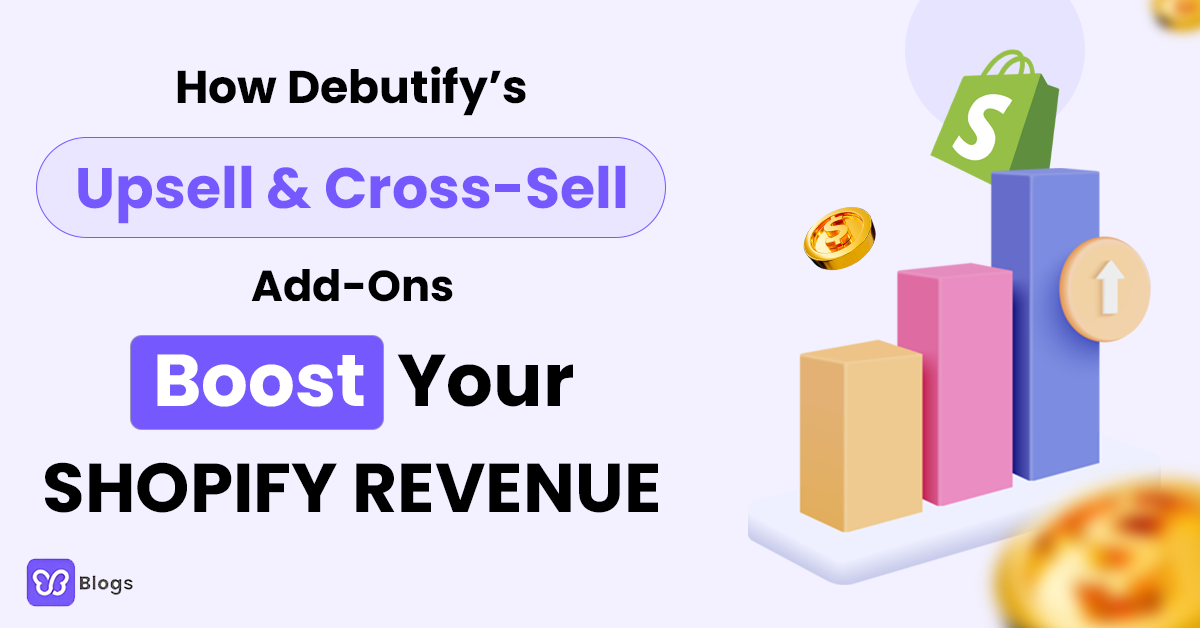Did you know that businesses with optimized supply chains experience these?
- 15% lower supply chain costs
- Less than 50% of inventory holdings
- 3X faster cash-to-cash cycles
These were revealed in a recent report.
And if you want to experience the same (or even better) results, then you need to understand that supply chain mapping is NOT just for large corporations.
It's vital for eCommerce businesses of all sizes.
It's a roadmap that shows exactly how your products move from suppliers to customers. With this guide, you'll not only understand what supply chain mapping is but also learn how it can enhance your operations and strengthen your business strategy.
What Are the Main Components of the Supply Chain?
To build your supply chain map, you first need to understand its structure. It has two main components: entities and functions.
1. Entities
Entities are the "who" in your supply chain. Think suppliers, manufacturers, distributors, warehouses, and retailers. If your eCommerce business is like a relay race, these entities are the runners passing the baton.
2. Functions
Functions are the "what" and "how." This includes everything from warehouse logistics to last-mile delivery. Each function has specific costs, timelines, and responsibilities that influence the overall efficiency of your supply chain.
Connecting the Dots in Your Supply Chain
Supply chain mapping is a powerful tool for your eCommerce business. It helps you understand every step your product takes, from raw materials to your customer's doorstep.
Remember, the goal is to see the whole picture. When you do, you can make better decisions, save money, and keep your customers happy. Start mapping your supply chain today and take your business to the next level.







